Explore Nigeria’s Top Rocks, National Parks, and Ancient Antiquities
1. Aso Rock
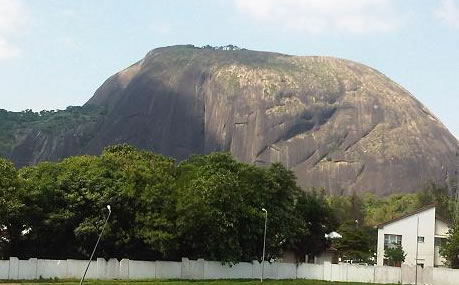
Aso Rock is a prominent granite rock in Nigeria, often confused with Zuma Rock. Located in the southern areas of Abuja, the Federal Capital Territory, it stands as one of the highest rocks in the country, reaching an elevation of 936 meters (3,071 feet) above sea level. Aso Rock is a massive 400-meter-high monolith surrounded by key government institutions such as the Nigerian Presidential palace, the National Assembly, and the Supreme Court. The rock is significant culturally, as “Aso” means “victorious,” and it is named after the people of Asokoro. It is also colloquially referred to as the ‘Aso Block’ due to its proximity to governmental structures in the area.
2. Olumo Rock

Olumo Rock, the second most popular rock in Nigeria, is a notable geological formation located in Abeokuta, Ogun State. This common rock has historical significance, serving as a strategic stronghold for the Egbas during inter-tribal wars in the 19th century.
As one of Nigeria’s prominent tourist attractions, especially in the southwest, Olumo Rock draws visitors with its cultural and historical importance. In the Yoruba tradition, Olumo Rock is venerated as an orisha, and each year, numerous sacrifices are made to commemorate Olumo tile.
Standing at an elevation of 137 meters above sea level, Olumo Rock offers a commanding view overlooking the Ogun River. Its historical context and cultural relevance make it a popular destination for tourists and those interested in Nigeria’s rich heritage.
3. Zuma Rock
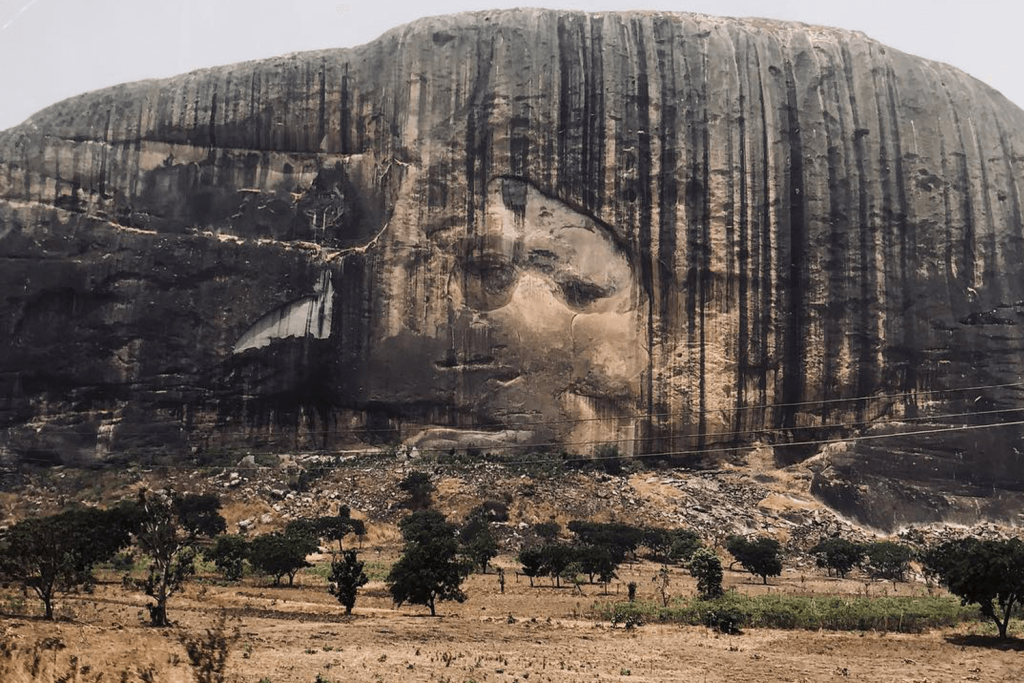
Zuma Rock, possibly the most common rock in Nigeria, is a massive monolith located in the State of Niger. It is highly visible as one approaches Abuja, the capital city. Zuma Rock, unlike Aso Rock, is often correctly identified and is of significant cultural importance, depicted on the Nigerian currency’s hundred naira coin.
This imposing monolith is composed of gabbro and granodiorite, forming an igneous intrusion. Situated immediately west of Abuja, along the main road from Abuja to Kaduna near Madala, Zuma Rock rises spectacularly to an elevation of 725 meters from its surroundings.
Historically, Zuma Rock played a strategic role during inter-tribal warfare, where the Gbagyis used it for a strategic withdrawal against intrusions by neighboring tribes. Its cultural and geological significance, along with its striking presence, makes Zuma Rock a notable landmark in Nigeria.
4. Wase Rock
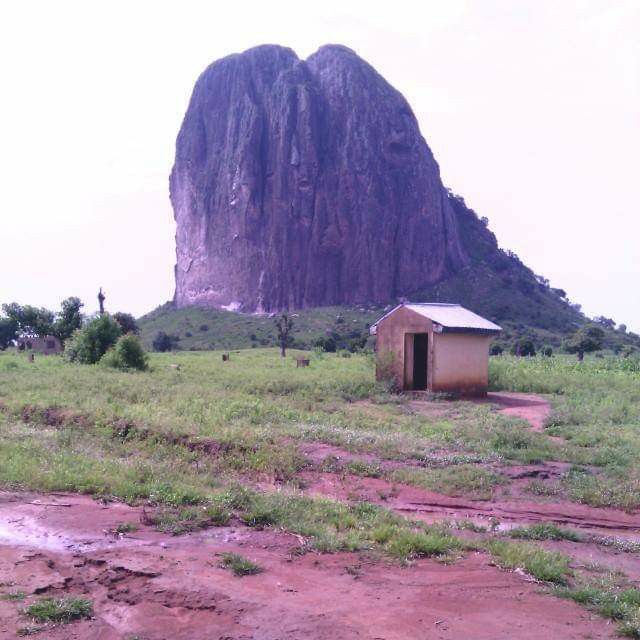
Wase Rock is situated in North Central Nigeria’s Plateau Region and is distinguished as one of Nigeria’s few volcanic rocks. Despite being one of the smallest rocks, Wase Rock holds significance as one of only five accessible breeding grounds for Rossy white pelican birds in Africa.
The surrounding forest region, spanning approximately 321 hectares (790 acres), has been designated by the Plateau State Government as a nature and wildlife sanctuary. Located near Wase City in the Local Government Area of Plateau State, the rock stands at an elevation of about 350 meters above sea level.
Wase Rock is characterized by its substantial size, forming a large rocky sphere. Its unique geological features and role as a breeding ground for pelican birds contribute to its importance as a natural landmark in the region.
5. Riyom Rock
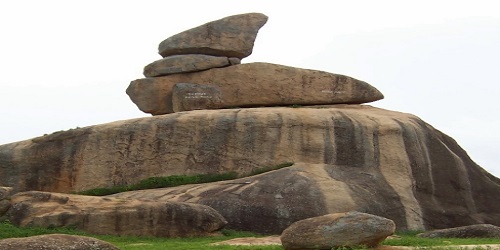
Riyom Rock, also known as Three Rocks, is an impressive rock formation located in the town of Riyom in Jos, Nigeria. The rock formation is a natural wonder, characterized by an unusual arrangement of rocks positioned atop each other. Remarkably, this arrangement has persisted for over a thousand years.
The unique geological features of Riyom Rock make it a notable attraction, drawing visitors to witness its intriguing formation. November, being the month with the least precipitation, is considered an ideal time to visit the site. Additionally, this period coincides with the Nzem Berom Festival, a cultural event observed by the Berom citizens. The festival adds cultural significance to the visit, providing an opportunity to experience local traditions and celebrations.
6. Gibadi Rock
Gibadi Rock, situated in Sokoto, is a significant tourist attraction in Northern Sokoto State. While it may not be the most popular rock among the group, it holds importance as one of the region’s noteworthy sights, contributing to tourism and bringing revenue to the local residents. Despite not being as widely recognized as some of the top-ranking rocks in the area, Gibadi Rock remains a notable destination for those exploring the natural and cultural attractions of Sokoto.
7. Udi Hills

Udi Hills, also known as Ugwueme and Udi Hills, is located in Enugu County in the southeastern part of Nigeria. These hills, also referred to as Ugwueme and Udi Hills, rise 100 meters above sea level and serve as a significant tourism destination in the province.
The hills have historical importance, as in 1908, a British exploration party traveling from Awka to the Middle Belt region passed through the Udi Hills. The following year, in 1909, a mining engineer party was dispatched by the British government in Nigeria to search for silver in the Enugu area.
Upon their arrival, the exploration team discovered coal and established a settlement on Milliken Hill in Ngwo. The Udi Hills became the location of the first coal mine in Nigeria, operating for a brief period. However, it was later closed and replaced by the Iva Valley mine two years after its inception. The discovery of coal in this region had significant implications for the mining industry in Nigeria and contributed to the economic development of the area.
8. The Shere Hills
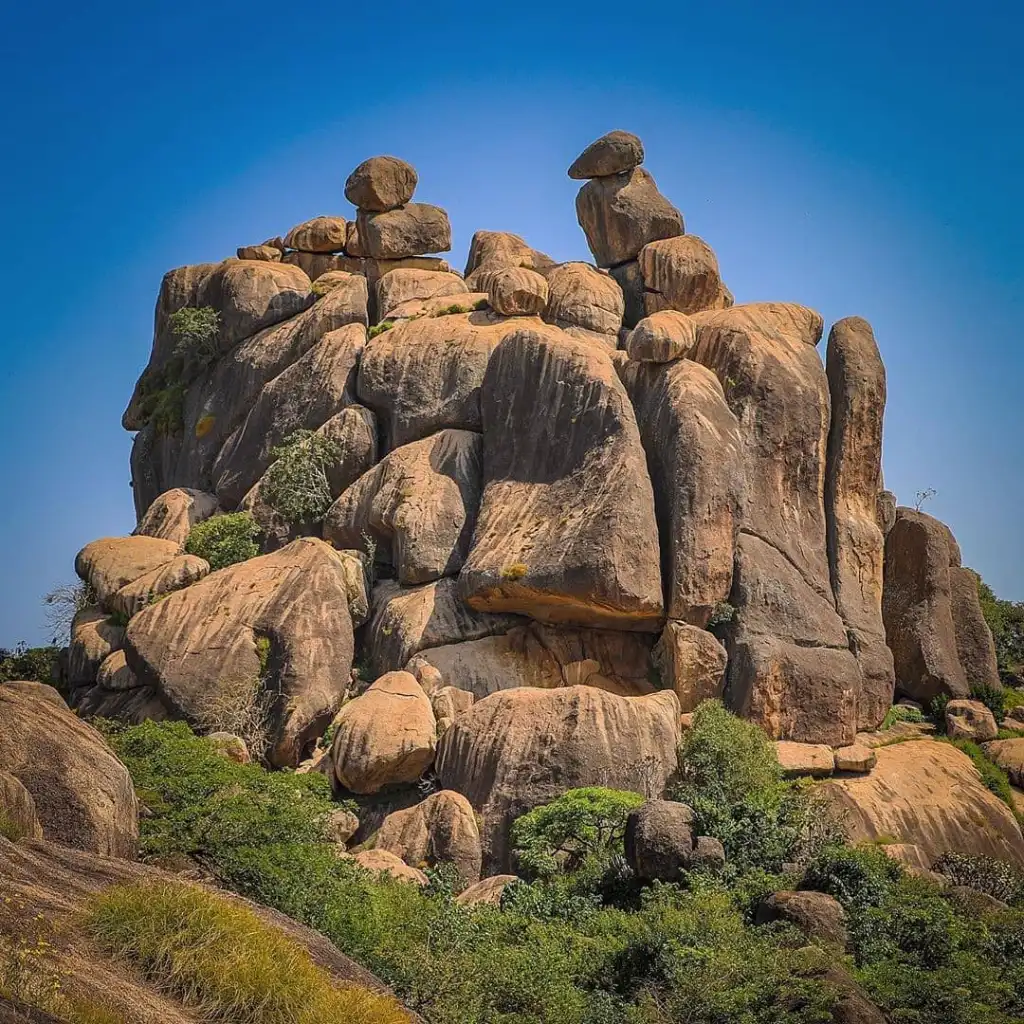
The Shere Hills, located on the plateau near Jos, are a series of hills along the Jos River, approximately 10 km east of Jos Metropolis, the capital of Plateau State in Nigeria’s Middle Belt region.
Distinguished by numerous high peaks, the Shere Hills boast the highest peak reaching about 1,829 meters or 6,001 feet above sea level. These hills constitute the highest point of the Jos Plateau. However, the highest point in Nigeria is Chappal Waddi on the Mambilla Plateau, which stands as the country’s highest point with an average elevation of about 2,419 meters or 7,936 feet above sea level. The Shere Hills, though not the highest in Nigeria, remain a notable geographic feature and contribute to the scenic beauty of the Jos Plateau.
9. Kazaure Hill
In the State of Jigawa, Kazaure Hill is situated in the old Kazaure area. The people living in the valleys surrounding the hill are primarily farmers.
Kazaure, as the capital of the emirate, gained significant importance after 1819. The city has historical ties to Dan Tunku, a Fulani leader and one of the 14 banner bearers for Usman dan Fodio, whose memory is honored.
The town’s history can be traced back to Dan Tunku, a Fulani warrior and one of Usman dan Fodio’s prominent followers. The region is known for its agricultural activities, with the people of the valleys engaging in farming across the range of Kazaure Hill.
Nigeria, as a nation, is described as wonderful, civilized, and naturally endowed with numerous blessings and resources. The mention of Kazaure Hill highlights the diversity of natural features and historical significance present in different regions of the country.
10. Kufena Hills
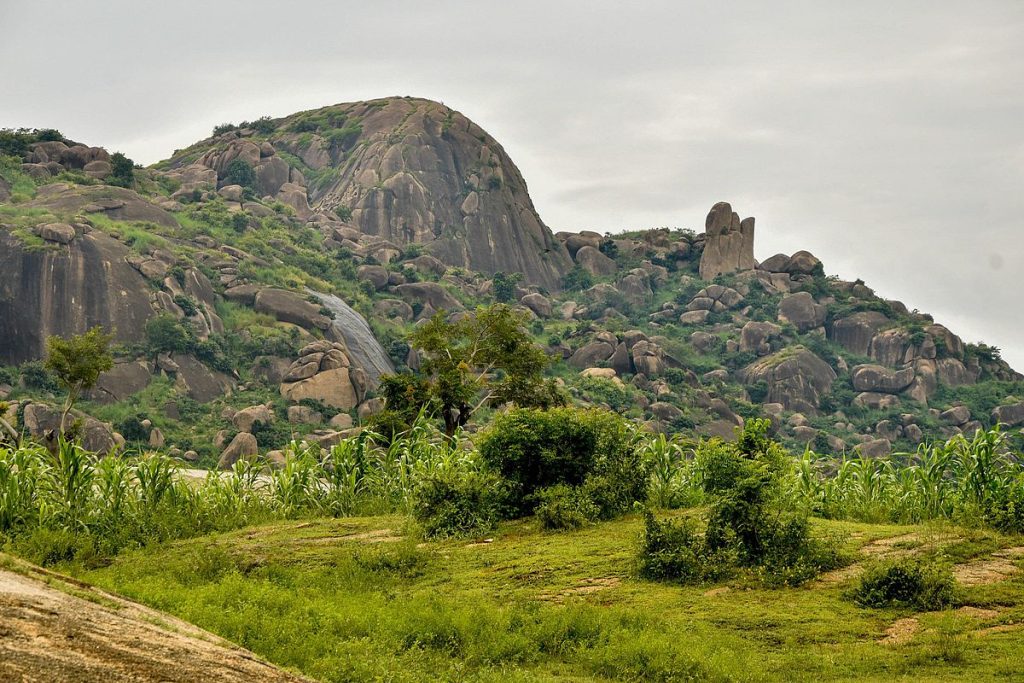
In Zaria, within the province of Kaduna, Kufena Hills stands out as a prominent natural feature. Recognized for its rugged landscape with diverse shapes, Kufena Hills is situated at an elevation of approximately 825 meters above sea level.
Notably, Kufena Hills was declared a National Monument on July 17, 1956. This designation reflects its significance in terms of natural and cultural value. The hills contribute to the area’s scenic beauty and have been recognized for their unique geological formations.
Nigeria’s mineral wealth has played a crucial role in its economic development. In addition to the economic contributions from minerals, various natural attractions, including sites like Kufena Hills, draw tourists and contribute substantially to the country’s economy. The tourism industry benefits from the appeal of such natural wonders, further diversifying the sources of economic revenue.
Yankari National Park
Yankari National Park is a large wildlife park located in the northeastern part of Nigeria. Established in 1956, it is the country’s oldest national park and covers an area of approximately 2,244 square kilometers. The park is situated in the Sudan savanna region and is known for its diverse ecosystems, wildlife, and natural attractions.
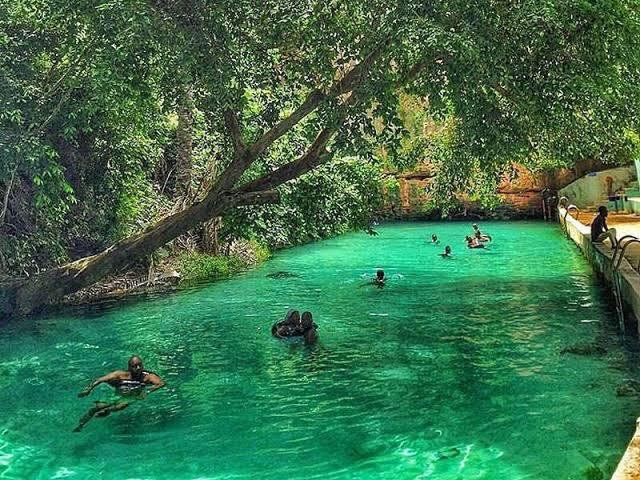
Key features of Yankari National Park include:
- Wildlife: Yankari National Park is home to a variety of wildlife species, making it one of the most popular wildlife destinations in Nigeria. Some of the animals found in the park include elephants, buffalos, hippos, baboons, crocodiles, various antelope species, and a wide array of bird species.
- Hot Springs: The park is famous for its natural warm springs, known as the Wikki Warm Springs. The warm water from these springs flows through rocky channels, creating natural warm pools that visitors can enjoy. The Wikki Warm Springs is one of the largest spring complexes in Africa and is a popular attraction within the park.
- Cave Paintings: Yankari National Park has a historical and cultural significance with the presence of Dukkey Wells, a location where ancient cave paintings can be found. These paintings provide insights into the historical connections of the region.
- Conservation: The park plays a vital role in the conservation of wildlife and natural habitats in Nigeria. Efforts are made to protect endangered species and maintain the ecological balance within the park.
- Tourism and Recreation: Yankari National Park is a major tourist destination, attracting visitors with its wildlife, hot springs, and cultural heritage. The park offers facilities for safari tours, nature walks, and camping. The wildlife viewing opportunities, especially the chance to see elephants, make it a popular destination for both domestic and international tourists.
- Accommodations: The park provides accommodation options for visitors, including the Yankari Game Reserve Resort. The resort offers a range of facilities and services for tourists exploring the park.
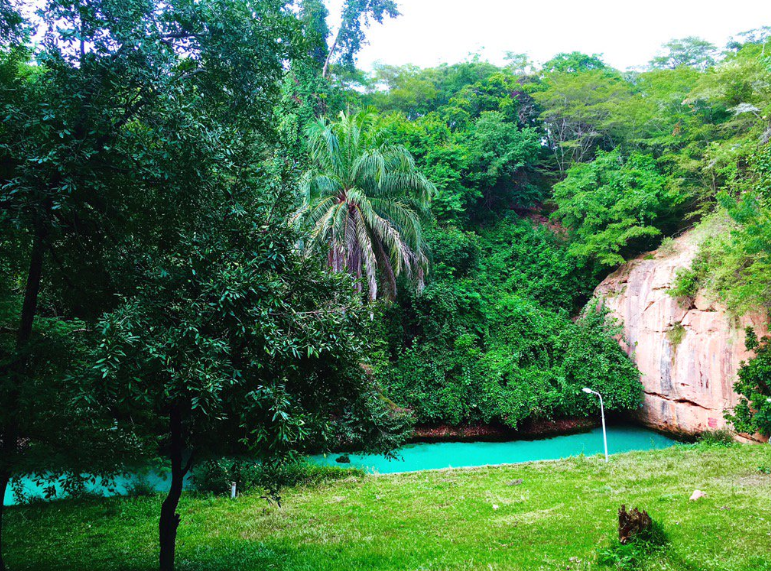
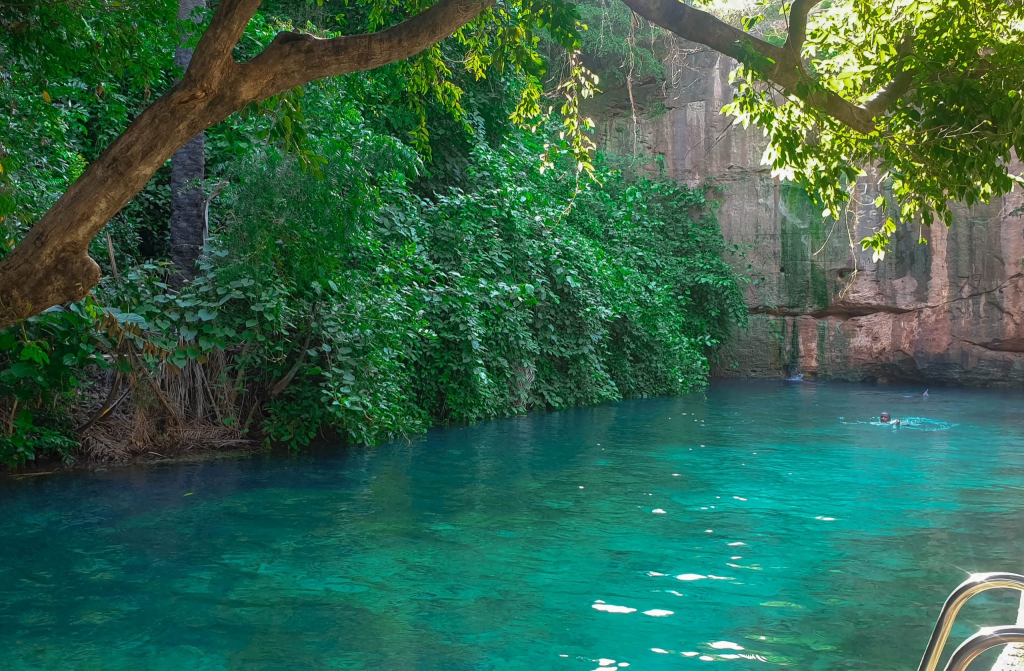

Yankari National Park serves as a significant conservation area and a hub for ecotourism in Nigeria. It allows visitors to experience the country’s natural beauty, diverse ecosystems, and wildlife in a protected environment. The park’s combination of wildlife, hot springs, and cultural heritage makes it a unique destination for those interested in nature and outdoor activities. It is located in the south-central part of Bauchi State Nigeria.
Kainji National Park – its Cultural Heritage and the Kainji Lake
Kainji National Park is a national park in Nigeria, situated around the Kainji Lake in the central-western part of the country. The park was established in 1979 and is one of Nigeria’s largest national parks. It encompasses a diverse range of ecosystems, including savanna woodlands, grasslands, and riverine forests. The park is known for its rich biodiversity, cultural heritage, and the presence of Kainji Lake, which is one of Nigeria’s largest artificial lakes.
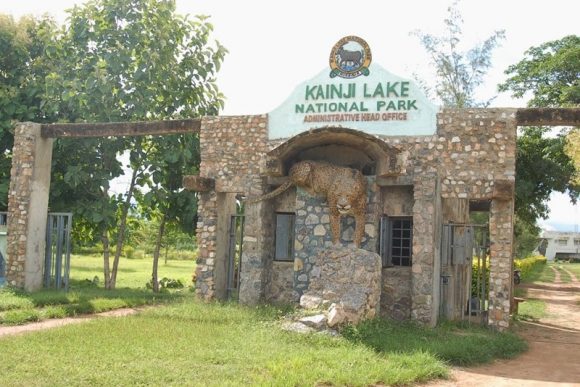
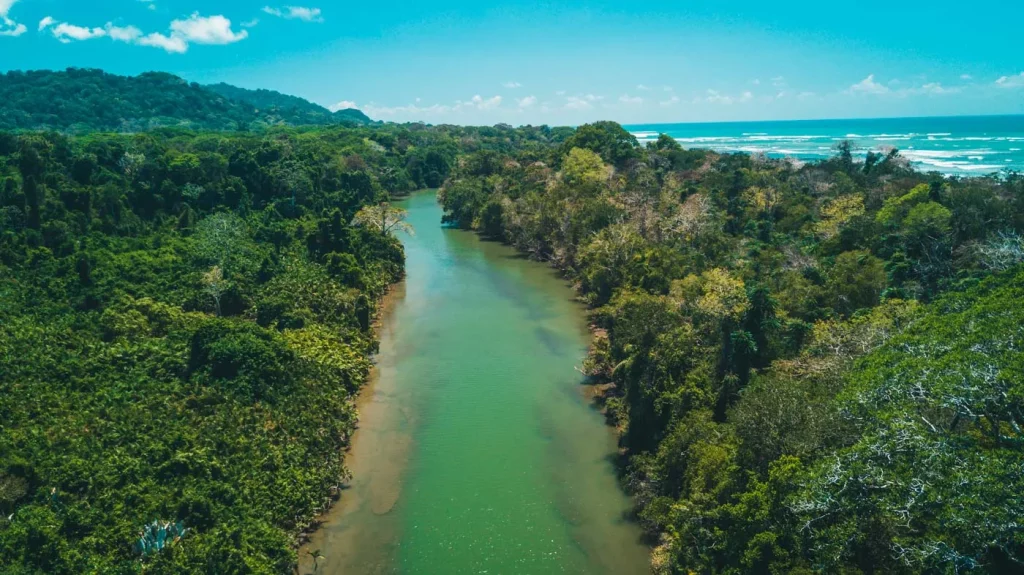
Key features of Kainji National Park include:
- Kainji Lake: The park is centered around the Kainji Lake, which was created by the construction of the Kainji Dam on the Niger River. The lake provides opportunities for water-based activities and supports diverse aquatic life.
- Borgu Game Reserve: Within Kainji National Park, the Borgu Game Reserve is known for its wildlife, including elephants, baboons, antelopes, and various bird species. It offers opportunities for safari experiences and wildlife viewing.
- Kamuku National Park: Another component of Kainji National Park is Kamuku National Park, located to the north. Kamuku is characterized by dense woodlands and is home to a variety of wildlife species.
- Cultural Heritage: The park is also recognized for its cultural significance, with archaeological sites and rock formations that reflect the historical and cultural heritage of the region. These include prehistoric rock paintings and engravings.
- Tourism and Recreation: Kainji National Park attracts tourists and nature enthusiasts interested in exploring the natural beauty, wildlife, and cultural sites. The park offers opportunities for camping, hiking, bird watching, and boat trips on Kainji Lake.
- Conservation: The park plays a crucial role in the conservation of biodiversity in Nigeria, providing a habitat for a variety of plant and animal species. Efforts are made to protect the natural ecosystems and maintain the ecological balance within the park.


Kainji National Park contributes to the conservation of Nigeria’s natural heritage and provides a platform for ecotourism and environmental education. It is an important destination for those interested in experiencing the country’s diverse ecosystems and cultural history. Visitors to the park can enjoy a blend of wildlife, landscapes, and cultural insights within this protected area.
Ancient Nok Settlement and Awhum Waterfall: Archaeological Haven and Importance
The Ancient Nok Settlement refers to the archaeological site associated with the Nok culture, an ancient civilization that existed in what is now Nigeria. The Nok culture is known for its distinctive terracotta figurines and sculptures, which were first discovered in the early 20th century.
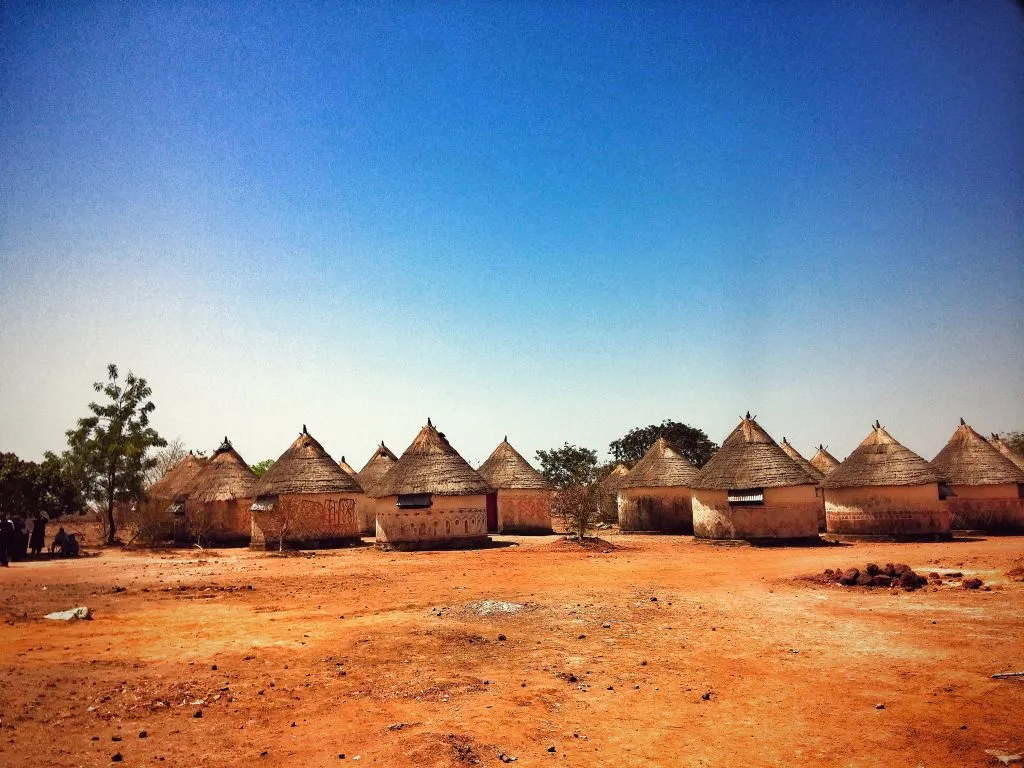
Here are some key points about the Ancient Nok Settlement:
- Location: The Ancient Nok Settlement is located near the modern village of Nok in central Nigeria, within the Jos Plateau.
- Discovery: The discovery of the Nok culture’s terracotta artifacts dates back to 1928 when tin mining operations in the region led to the unearthing of ancient sculptures. These sculptures, primarily depicting human figures with elaborate hairstyles and accessories, are considered to be among the earliest known examples of figurative art in sub-Saharan Africa.
- Cultural Significance: The Nok culture is significant for being one of the earliest complex societies in West Africa, with evidence of iron smelting and an organized social structure. The terracotta sculptures found at the Ancient Nok Settlement are believed to represent a range of individuals, including warriors, priests, and ordinary people.
- Time Period: The Nok culture is estimated to have thrived between approximately 1500 BCE and 500 CE, making it one of the earliest-known civilizations in the region.
- Artistic Achievements: The Nok terracotta sculptures are characterized by their naturalistic representation of the human form, with detailed features such as hairstyles, jewelry, and clothing. The sculptures often depict both male and female figures and are thought to have had cultural, religious, or ritual significance.
- Archaeological Excavations: Archaeological excavations at the Ancient Nok Settlement and surrounding areas have revealed a complex society with evidence of ironworking, advanced agricultural practices, and a hierarchical social structure.
- Challenges: Preservation of the Ancient Nok Settlement and its artifacts faces challenges due to factors like erosion, illegal excavation, and looting. Efforts have been made to study and protect these archaeological sites.
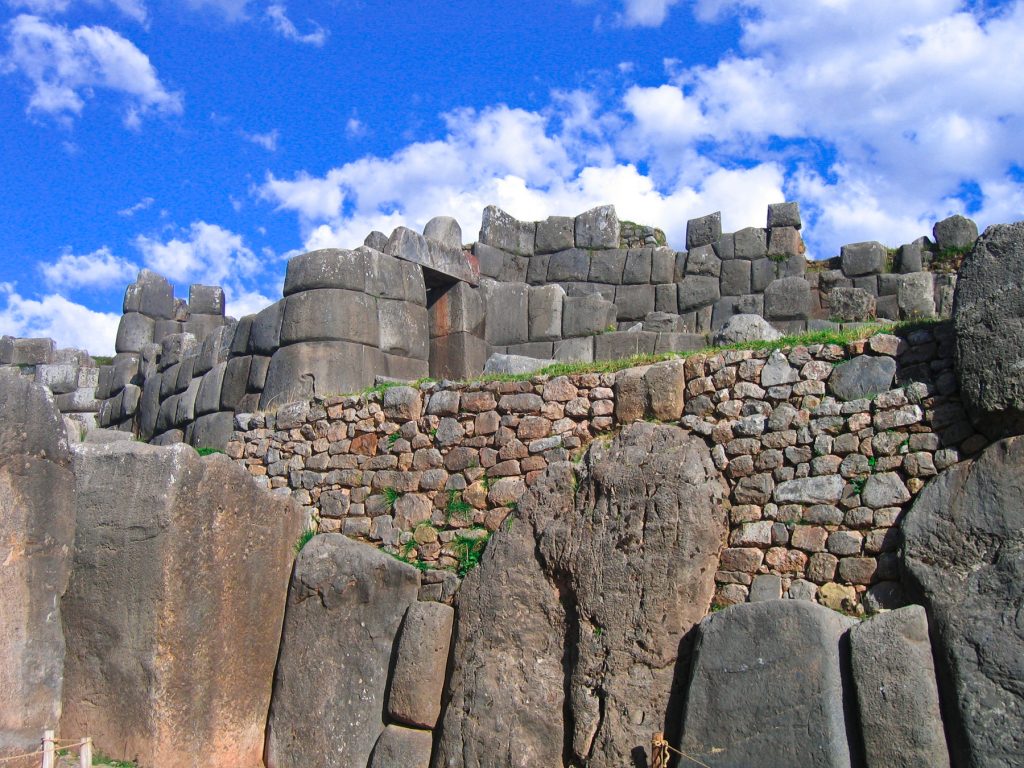
The Ancient Nok Settlement and the artifacts associated with the Nok culture contribute significantly to our understanding of early African civilizations, their artistic achievements, and the development of complex societies in the region. Ongoing research and conservation efforts aim to preserve and explore the rich history of the Nok culture.
Awhum Waterfall – Its Natural Scenic Beauty and its Mythological Heal Powers
Awhum Waterfall is a natural waterfall located in Amaugwe village in Udi Local Government Area of Enugu State, Nigeria. It is a popular tourist attraction known for its scenic beauty and cultural significance. Here are some key features and information about Awhum Waterfall:

- Natural Setting: Awhum Waterfall is situated in a serene and lush natural environment. The surrounding area is characterized by dense vegetation, rocks, and picturesque landscapes, creating a tranquil atmosphere.
- Formation: The waterfall is formed from water that flows out from a massive rock cliff. The water cascades down the rock surface, creating a stunning waterfall that adds to the beauty of the surroundings.
- Cultural and Religious Significance: Awhum Waterfall holds cultural and religious significance for the local community. It is often considered a sacred site, and there are beliefs and traditions associated with the waterfall. Visitors may have the opportunity to learn about the cultural practices tied to the site. In the Nigerian community of Awhum, it is believed to have healing properties, as reported by All Africa. Individuals travel from both nearby and distant places to partake in the cleansing rituals offered by the cave’s waters.
- Awhum Monastery: In close proximity to the waterfall is the Awhum Monastery, a Benedictine monastery. The monastery is known for its spiritual retreats and as a place of pilgrimage. Visitors to the waterfall often include a visit to the monastery as part of their experience.
- Swimming Pool: The base of the waterfall forms a natural pool where visitors can swim and enjoy the refreshing waters. The pool is surrounded by rocks and greenery, providing a natural and peaceful setting.
- Hiking Opportunities: The journey to Awhum Waterfall may involve a trek or hike through the surrounding trails and natural paths. The hike itself can be an adventurous and rewarding experience for visitors.
- Entrance Fee: There might be a nominal entrance fee for visitors to access the waterfall and its surroundings. The fee often contributes to the maintenance and preservation of the site.
- Tourist Facilities: Awhum Waterfall may have basic tourist facilities such as picnic areas, seating arrangements, and possibly local vendors selling snacks or souvenirs.
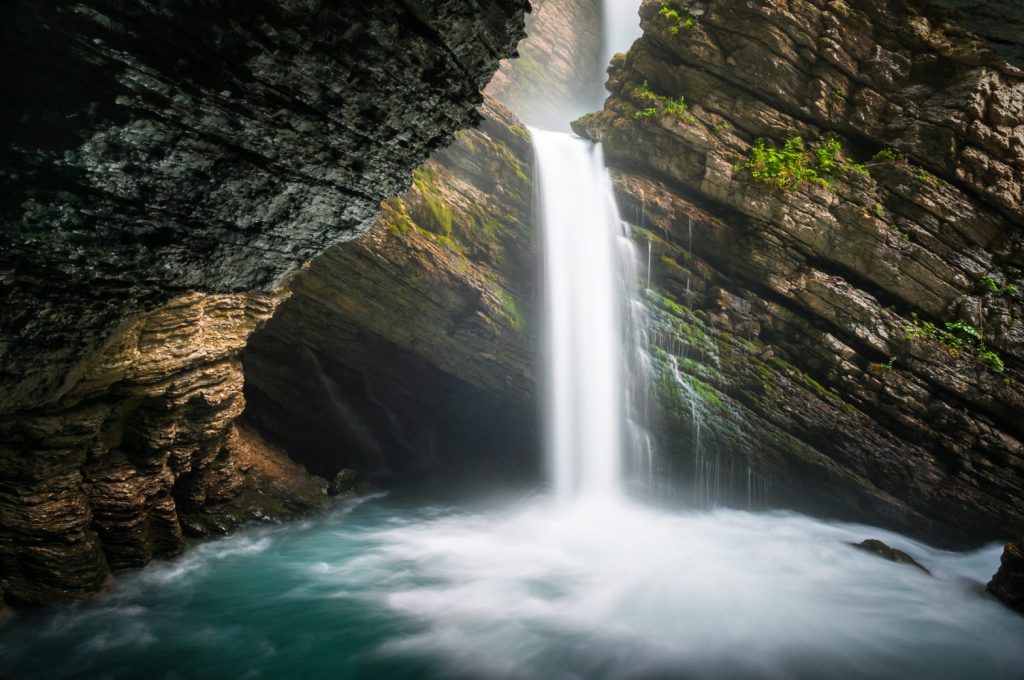

Visitors to Awhum Waterfall can enjoy the combination of natural beauty, cultural significance, and recreational opportunities. The site appeals to nature lovers, adventure seekers, and those interested in exploring the cultural heritage of the region. It stands as both a natural wonder and a place of spiritual importance.
Read More Lagos Culinary Gems: Ocean Basket, Talindo, Islandbreeze, Izanagi, Shiro


